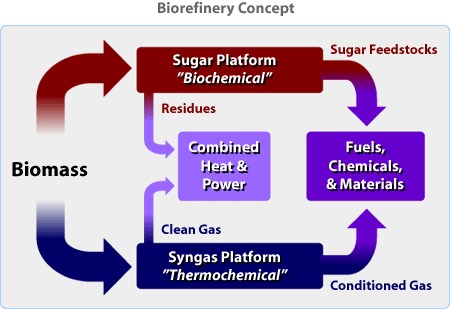Earth's stratosphere—the layer where business aircrafts voyage and the ozone layer lives—is contracting a result of ozone harming substance discharges, as indicated by another examination.
The exploration, distributed May 5 in the diary Environmental Research Letters, shows that the stratosphere is almost a fourth of a mile more modest than it was in 1980.
The second layer of our climate, the stratosphere reaches out from around 9 to 48 kilometers above Earth. It lies on top of the lower atmosphere, which has effectively been demonstrated to warm and growing due to environmental change.
That makes the lower atmosphere push the lower part of the stratosphere outward. Simultaneously, more carbon dioxide is entering the stratosphere, where it really chills off and makes the layer contract, the specialists said.
"Interestingly we show that this is valid: that the Earth's stratosphere has contracted at a pace of in excess of 100 meters each decade since 1980 and furthermore show that the reason for this marvel is ozone harming substance outflow," study creator Juan Antonio Añel, a physicist at Spain's University of Vigo, said in a news discharge.
The specialists put together their decision with respect to satellite information and environment models.
The discoveries have numerous expected ramifications, including for climate.
Virtually the entirety of our climate structures in the lower atmosphere nearer to ground level. Temperatures normally cool with expanding tallness in the lower atmosphere, which permits tempests to develop. The taller a tempest is, the more grounded it is.
Interestingly, warming temperatures with expanding stature in the stratosphere hold a top on storms back from penetrating excessively high into the stratosphere, as per weather.com meteorologist Jonathan Belles.
"A diminished stratosphere may imply that tempests might have the option to get taller than at present," Belles said.
The equivalent could be valid for tropical storms, he said.
Changes to the stratosphere can likewise influence satellite tasks, the GPS route framework and radio correspondences, as per the investigation.
Añel and his kindred scientists say the stratosphere could shrivel considerably more in the coming many years except if there are significant slices to ozone harming substance discharges.
"It is stunning," he revealed to The Guardian. "This demonstrates we are meddling with the climate as much as 60 kilometers."
It's recently been felt that the stratosphere was getting more modest in view of the decrease of the ozone layer.
"A few researchers have begun considering the upper climate the 'ignorosphere' on the grounds that it is so ineffectively examined," Paul Williams, a teacher of air science at the University of Reading in the UK who was not engaged with the new exploration, disclosed to Yale Environment 360. "This new paper will fortify the case for better perceptions of this inaccessible yet basically significant piece of the environment. It is noteworthy that we are as yet finding new parts of environmental change following quite a while of examination."























